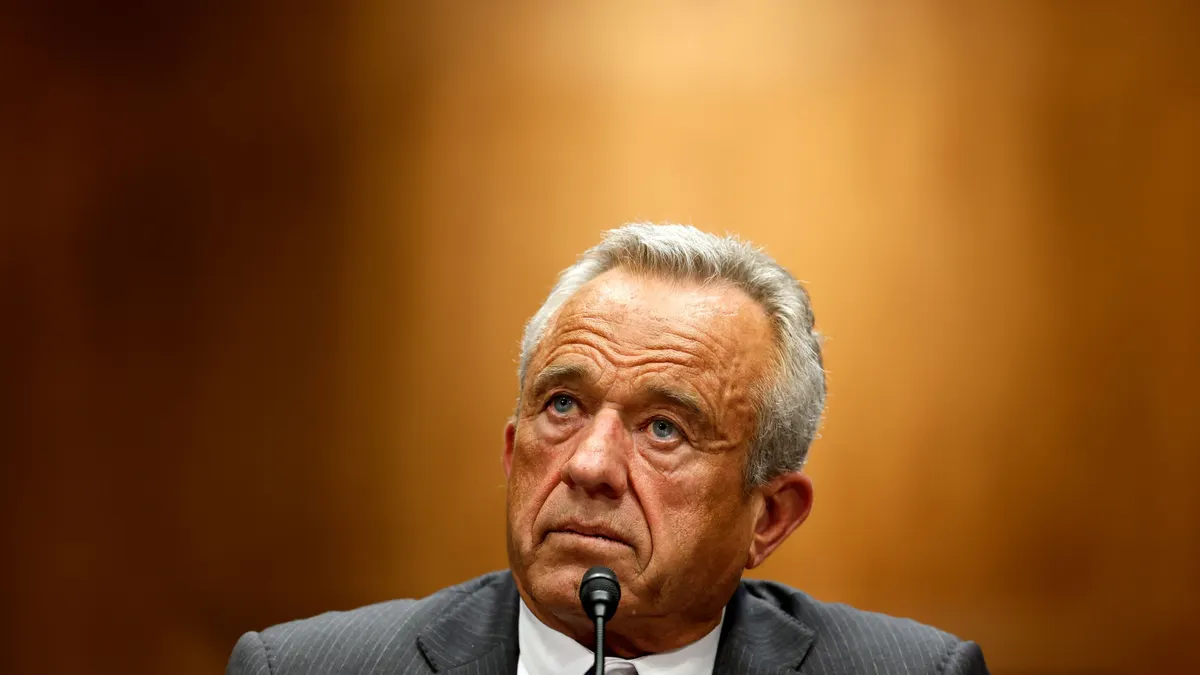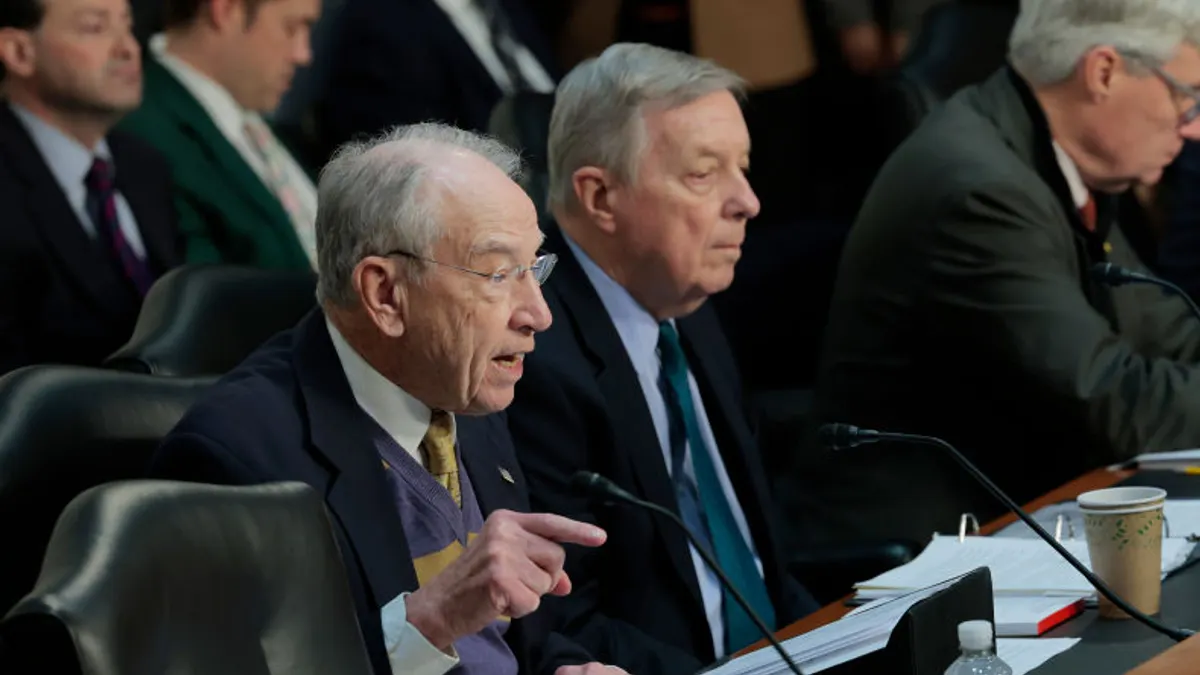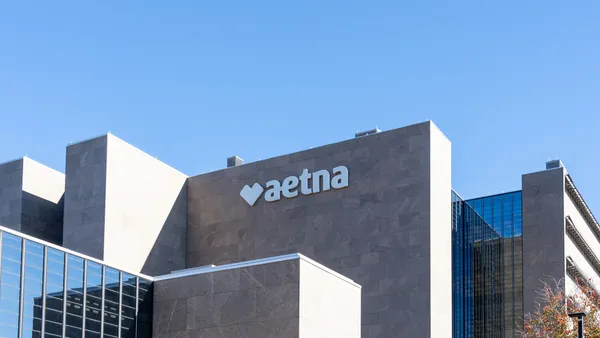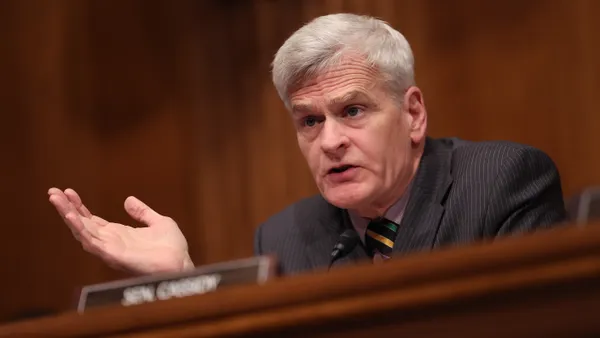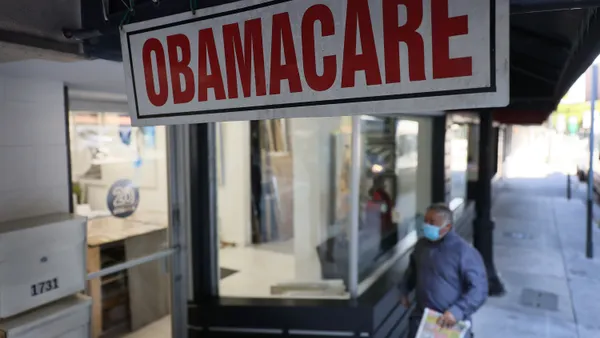Dive Brief:
- Families bracing for additional premium shock next year have already absorbed notable increases to the cost of their health plan, according to new research.
- Average annual family premiums for employer coverage rose to almost $27,000 in 2025, with workers covering almost $6,900 of that sum, a health benefits survey from research firm KFF found.
- That’s a 6% increase compared to 2024 — in line with premium growth in recent years, but still outpacing general inflation and wage growth, which came in at 2.7% and 4% last year, respectively, KFF found.
Dive Insight:
Seemingly unchecked growth in the cost of employer-sponsored health plans has major ramifications for the 154 million working-age Americans who rely on job-based coverage, and spotlights the larger debate about health insurance affordability that’s contributed to the ongoing government shutdown.
Insurers are requesting double-digit premium increases in the small-group and individual markets on average for 2026. Meanwhile, large employers are forecasting a 9% jump in healthcare costs next year, which — if the prediction bears true — would represent the largest annual increase in more than a decade, according to the Business Group on Health.
Employers primarily blame higher drug spending, including on pricey GLP-1s. That was reflected in the KFF survey as well. It found that more than one-third of large firms said prescription drug prices have contributed “a great deal” to higher premiums, and most big employers offering GLP-1s for weight loss said the costs of the drugs had exceeded their expectations.
Between 20% and 30% of employers also called out coverage for new prescription drugs, the prevalence of chronic disease, higher utilization of services and hospital prices as contributing greatly to rising premiums.
“There is a quiet alarm bell going off. With GLP-1s, increases in hospital prices, tariffs and other factors, we expect employer premiums to rise more sharply next year,” Drew Altman, the president and CEO of the KFF, said in a statement on the group’s survey.
Premiums have steadily increased for employers and workers over the past decade
As a result, employers may elect to push more costs onto employees, though it’s not a preferred solution given relatively high levels of cost-sharing, Altman noted.
“Employers have nothing new in their arsenal that can address most of the drivers of their cost increases, and that could well result in an increase in deductibles and other forms of employee cost sharing again, a strategy that neither employers nor employees like but companies resort to in a pinch to hold down premium increases,” Altman said.
Half of large employers said they’re likely or very likely to shift more costs onto employees next year, whether through increasing premiums, deductibles or out-of-pocket maximums, according to a July survey from Mercer. In the BGH’s survey published in August, 12% of employers said they would immediately increase employee contributions if pressed to lower cost growth.
And the average American is not well-positioned to take on the additional financial burden. Healthcare costs for many employees are already high, leading many Americans, including those with insurance, to delay or forego care.
The cost of healthcare is a hot topic on Capitol Hill. But even before the shutdown, Congress has done little in recent years to make healthcare more affordable and accessible for consumers.
Republicans pushed through a party-line bill this summer that cuts funding for Medicaid by more than $900 billion to help pay for tax cuts that will benefit some of the wealthiest Americans. Millions of Americans are expected to lose insurance as a result of the law.
Americans are also bracing for the potential expiration of more generous subsidies for Affordable Care Act plans, the key health policy underpinning the shutdown. Democrats are refusing to sign off on a stopgap bill to open the government unless Republicans commit to an extension of the expanded tax credits, which are set to expire at the end of this year. Without action, premiums could double for many consumers.





